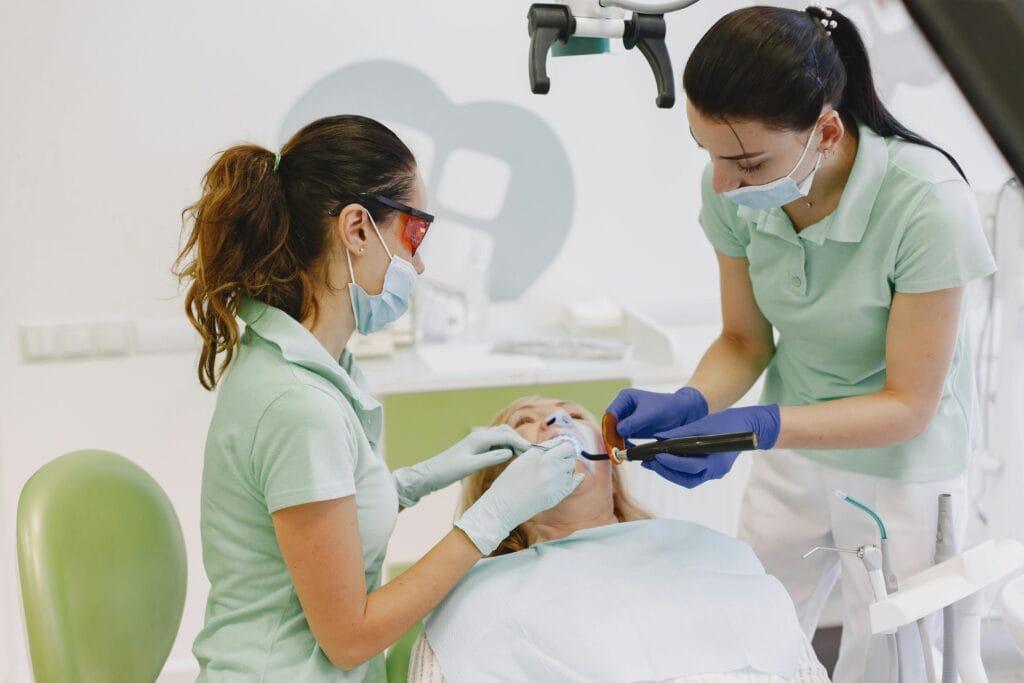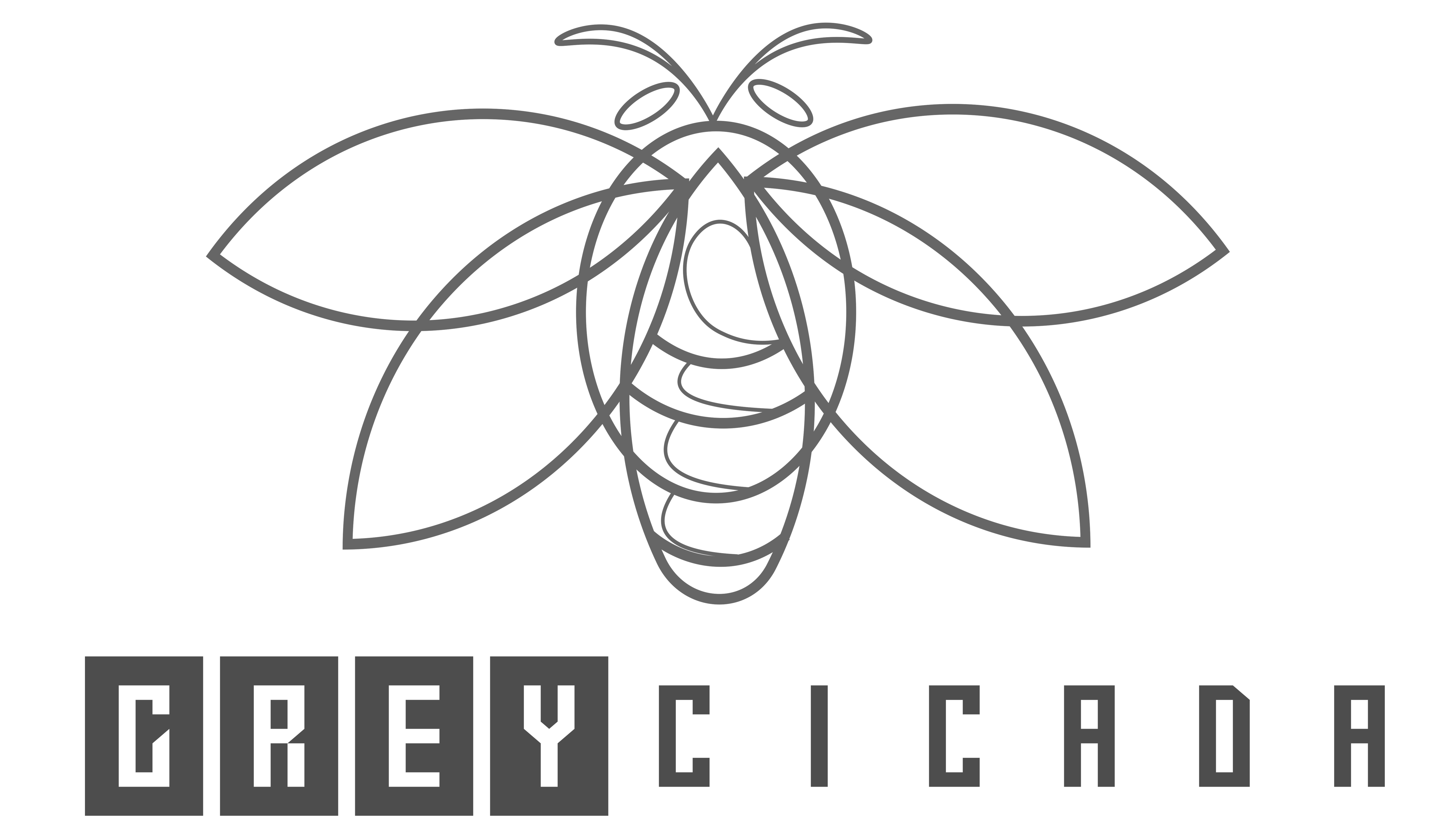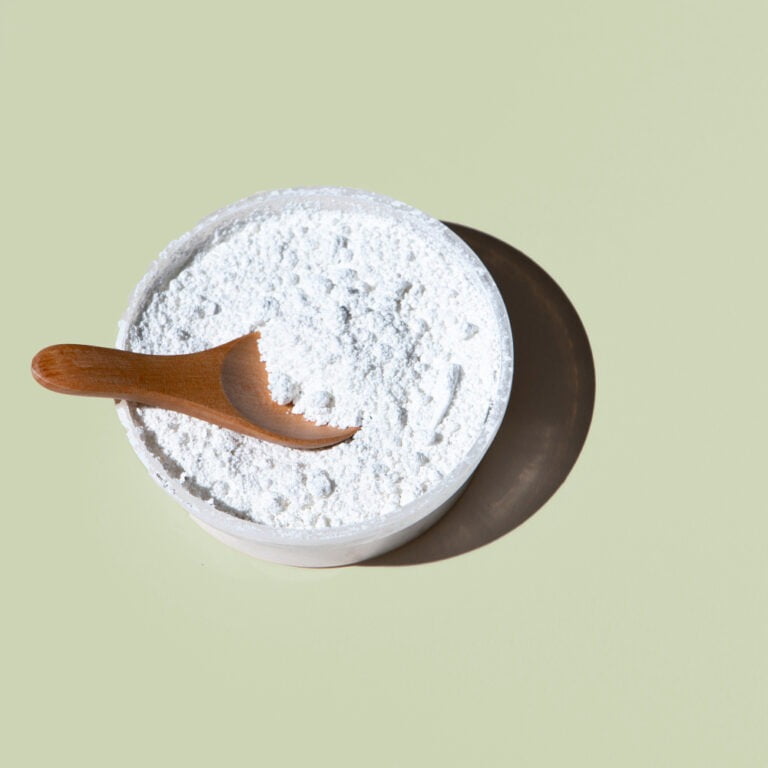FREE SHIPPING OVER $50
Scientists Use Sheep’s Wool to Repair Teeth—This Natural Protein Could Replace Fillings

The dentist’s drill and the promise of a cold, metallic filling—it’s a scenario almost everyone dreads. For decades, the primary solution for a cavity has been to drill out the decay and replace the missing structure with materials like amalgam or composite resin. While effective, these methods don’t actually heal the tooth; they simply patch the damage. But a revolutionary breakthrough is emerging from an utterly surprising source: sheep’s wool.
That’s right, scientists are harnessing the power of a natural protein found in sheep’s wool—keratin—to develop a completely new approach to oral health. This keratin extract isn’t just a gimmick; it’s proving capable of repairing the tooth structure at a microscopic level. It offers the incredible potential to stabilize and reverse early decay, drastically reduce tooth sensitivity, and, most importantly, provide a biological alternative that could one day replace fillings entirely, changing how we view dental care forever.
The Keratin Connection: How Wool Protein Heals Teeth
To understand this groundbreaking technology, you need to know about keratin. Keratin is a super-tough, fibrous structural protein that makes up the main component of hair, skin, and nails in humans and animals.4 It’s what gives sheep’s wool its strength and resilience.
Why Keratin Works on Teeth
Although teeth are made of a different substance (mostly minerals like calcium and phosphate in the form of hydroxyapatite), they still share structural vulnerabilities with hair and skin. Enamel, the hard outer layer of your tooth, and dentin, the softer layer underneath, are constantly under attack from acid produced by bacteria. This acid strips away the minerals, creating tiny pores and microscopic defects that eventually turn into cavities.
Scientists have found that when keratin extracted from sheep’s wool is applied to damaged tooth surfaces, it performs two critical functions:
- Structural Support: The keratin protein forms a protective scaffold on the surface of the tooth, immediately stabilizing the area of decay.
- Mineral Regeneration: More impressively, this keratin scaffold acts as a nucleus, attracting and binding naturally occurring calcium and phosphate ions from saliva. This accelerates the process of remineralization, essentially helping the tooth to biologically repair its own enamel and dentin structure.
This is a stark contrast to traditional fillings, which are passive placeholders. Keratin is an active healing agent, demonstrating the powerful potential of this natural protein in regenerative oral health.
From Cavity to Cure: The Process of Regeneration
The promise of this technology lies in its ability to intervene in the early stages of decay and actively repair teeth, making the dreaded drill unnecessary for many.
Targeting Early Decay
Dental decay begins as demineralization—a dull, chalky white spot on the tooth surface where minerals have been lost. Currently, dentists often “watch” these spots until they progress into a full cavity that requires drilling. With keratin, scientists are developing liquid formulations that can be painted directly onto these early lesions.
The keratin seeps into the microscopic pores of the damaged enamel. Once there, it stabilizes the area and, thanks to the inherent binding properties of the protein, it draws in minerals to rebuild the crystal structure. This regenerative process effectively seals the porous, damaged area, creating a bio-identical, mineralized repair that strengthens the tooth rather than just plugging a hole.
Reducing Tooth Sensitivity
A common issue in oral health is tooth sensitivity, which occurs when the protective enamel wears thin or the gums recede, exposing the underlying dentin. Dentin contains thousands of tiny tubules that lead directly to the nerve. When exposed to cold, heat, or sugar, fluid movement in these tubules triggers sharp pain. Keratin-based treatments are showing huge promise here. By effectively sealing these exposed dentinal tubules with a natural protein that encourages remineralization, the keratin treatment creates a new, stable barrier, significantly reducing or eliminating sensitivity.
Why Keratin Could Replace Fillings
While traditional fillings have saved countless teeth, they come with limitations that keratin addresses directly, giving scientists hope that this natural protein could be the future of restorative oral health.
The Limitations of Traditional Fillings
- Longevity: Fillings typically last 5 to 10 years and eventually need replacement, which involves more drilling and removal of more natural tooth structure.
- Leakage: Over time, the seal between the filling material and the tooth can degrade, creating micro-gaps where bacteria and acid can sneak underneath, leading to new decay (called recurrent decay).
- Aesthetics: Although composite resins are tooth-colored, they are still foreign materials that can wear differently than natural enamel.
The Keratin Advantage
The keratin solution offers a powerful advantage because it encourages the tooth to heal itself. Keratin creates a bio-mimetic repair—a repair that mimics natural biological processes. This means the structure created is integrated seamlessly into the existing tooth, offering long-term stability and eliminating the risk of a “leaky” interface. Furthermore, the repair strengthens the tooth rather than creating an area of stress, giving patients a better chance at lasting oral health and longevity without the cycle of repeated dental procedures.
Safety and Sustainability: The Wool Factor
The source of this revolutionary dental treatment—sheep’s wool—adds a fascinating layer of sustainability and safety to the breakthrough.
A Natural, Abundant Source
The keratin is extracted from natural, discarded sheep’s wool. This transforms a readily available, sustainable agricultural byproduct into a high-tech medical solution. This natural sourcing minimizes the environmental impact and ensures a clean, biologically compatible material.
Biologically Compatible
Since keratin is a natural protein found throughout the human body, the risk of immunological rejection or adverse reactions is significantly lower than with synthetic materials. This high degree of biocompatibility is a major factor driving the excitement among scientists and dentists, especially for widespread use. The ability to use a substance that the body recognizes and integrates easily makes this a game-changer for long-term oral health.
The Future of Oral Health is Regenerative
The idea that scientists are using sheep’s wool to repair teeth might sound like something from a science fiction novel, but it represents a fundamental shift in oral health—from repair to regeneration. This natural protein, keratin, holds the key to stabilizing and remineralizing damaged enamel, offering a sustainable, biocompatible solution to one of humanity’s most common ailments: tooth decay.
We are entering an era where the dentist’s goal won’t be to patch holes with fillings, but to trigger the tooth’s own natural healing mechanisms. By embracing this keratin breakthrough, we gain a powerful new ally in the fight against cavities, ensuring healthier, stronger smiles and a significantly better path to lifelong oral health and longevity.
Related Articles
- 7 Everyday Habits That Quietly Destroy Your Teeth—Dentists Say #4 Is the Worst
- Before You Book That Root Canal—Here’s What You Need to Know About Safer, Easier Options
- Brushing Before or After Breakfast? Dentists Say Most People Get This Wrong
- Hate Flossing? Dentists Recommend This Surprisingly Easy Alternative
- Yellow Teeth Gone: My 7-Day Baking Soda Trick for a Dazzling Smile!



